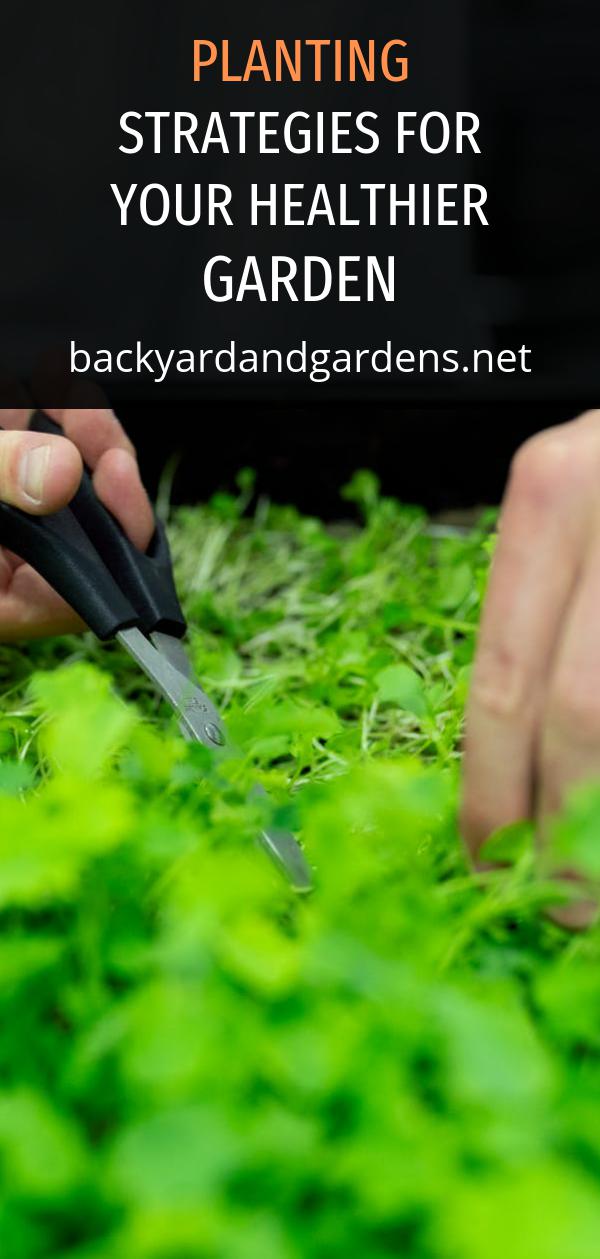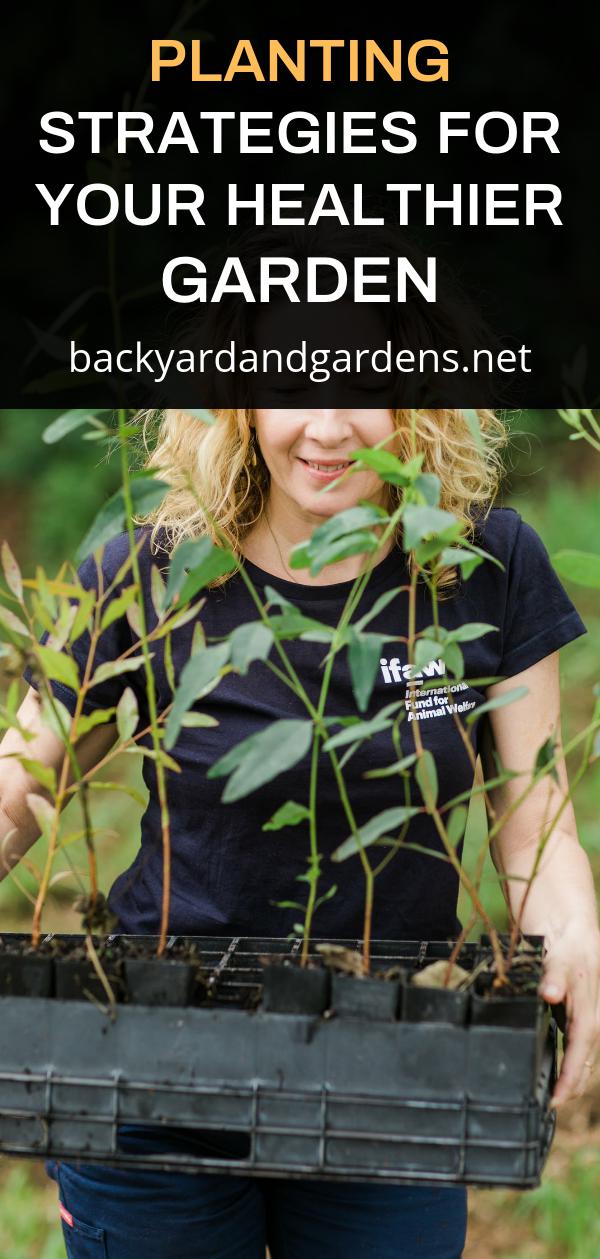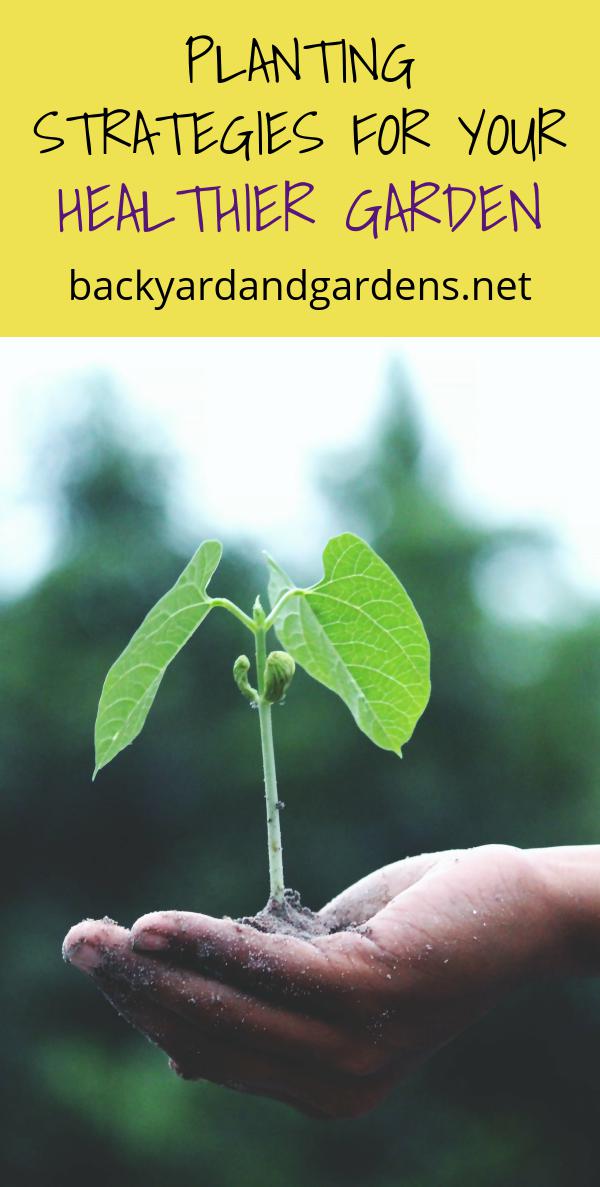Planting Strategies for Your Healthier Garden
Placing seedlings is a crucial part of many gardening plans, but it can be challenging to decide on the best time to plant certain kinds of seeds. Read through this article for ideas on the best time to plant-specific kinds of seeds.
For example, if you are planting vegetables, you want them to start blooming by the ideal time. Depending on the season, they can have varying amounts of time before they bloom. This can affect the amount of garden space needed, but the results of using the proper plan are well worth the time.

In case you are planting your garden as a family reunion, such as the Mediterranean Garden, you don’t want to wait until the last minute to plant. Instead, do general garden planning and design, so that you know where all the areas are going to be. Also know the number of trees and plants that will be needed. This will give you an idea of how much space you need and where to place various items.
If you are planning on planting in containers, you should not plant any plants until after the water drains out of the containers. If you are planting any edible plants, it will not survive after a day or two. There is no point in planting them until the plants dry out. It is best to wait for the weather to warm up and the temperatures to reach around 60 degrees for the plants to dry out.
Planting seedlings from different soils should be done at a later time. If the soil in the area you are planning to plant the seedlings is moist, you can place the seedlings in the container with the moist soil and then plant them in the ground later. The same is true if the seedlings are grown in containers with wet soil. In most cases, you want to be sure that the roots will be properly supported by the container before planting them in the ground.
If you are planting a flower bed, you want to be sure that you will be planting your favorite flowers in the right spot. Try to be certain about this, and plan your flower garden according to the flowers you wish to grow. Planting flowers that will need support and shade will help you enjoy your flower bed.
After the summer has ended, you should be certain that you have prepared your yard for the winter months. You will need to pick up and move any objects that are not used or living. You also need to clear away the snow and ice from the driveway. This is necessary so that the paving in the driveway can be cleared in the winter.
Your ground will freeze and thaw, which can cause damage to your plants and to your garden. You will want to plan ahead by keeping food on hand that will last the entire winter. You will also want to make sure that you will be able to grow any essential supplies to keep your garden going until spring.
Transplanting is an important step in planning for the winter months. The reasons for doing this are to ensure that the soil remains constant and free of moisture. Additionally, it will make sure that the plants have good support when they are sown. It will also allow the plants to mature without being bruised by heavy winds.

Once you have sowed seeds and transplanted them, the transplanting process can be quite time-consuming. You should take a few minutes to examine the transplanting tools you use and determine if you need a slight adjustment.
You will be planting seeds and transplanting them in the winter months, which means that the soil you plan to use will need to be hard enough for the roots to grow, but it will need to be cold enough to support the seedlings. This is often a huge challenge, but with a little bit of preparation, you will be able to get it right. Also, ensure that you look over the ground before you transplant the seedlings and take the time to monitor and adjust your garden as the season progresses.
